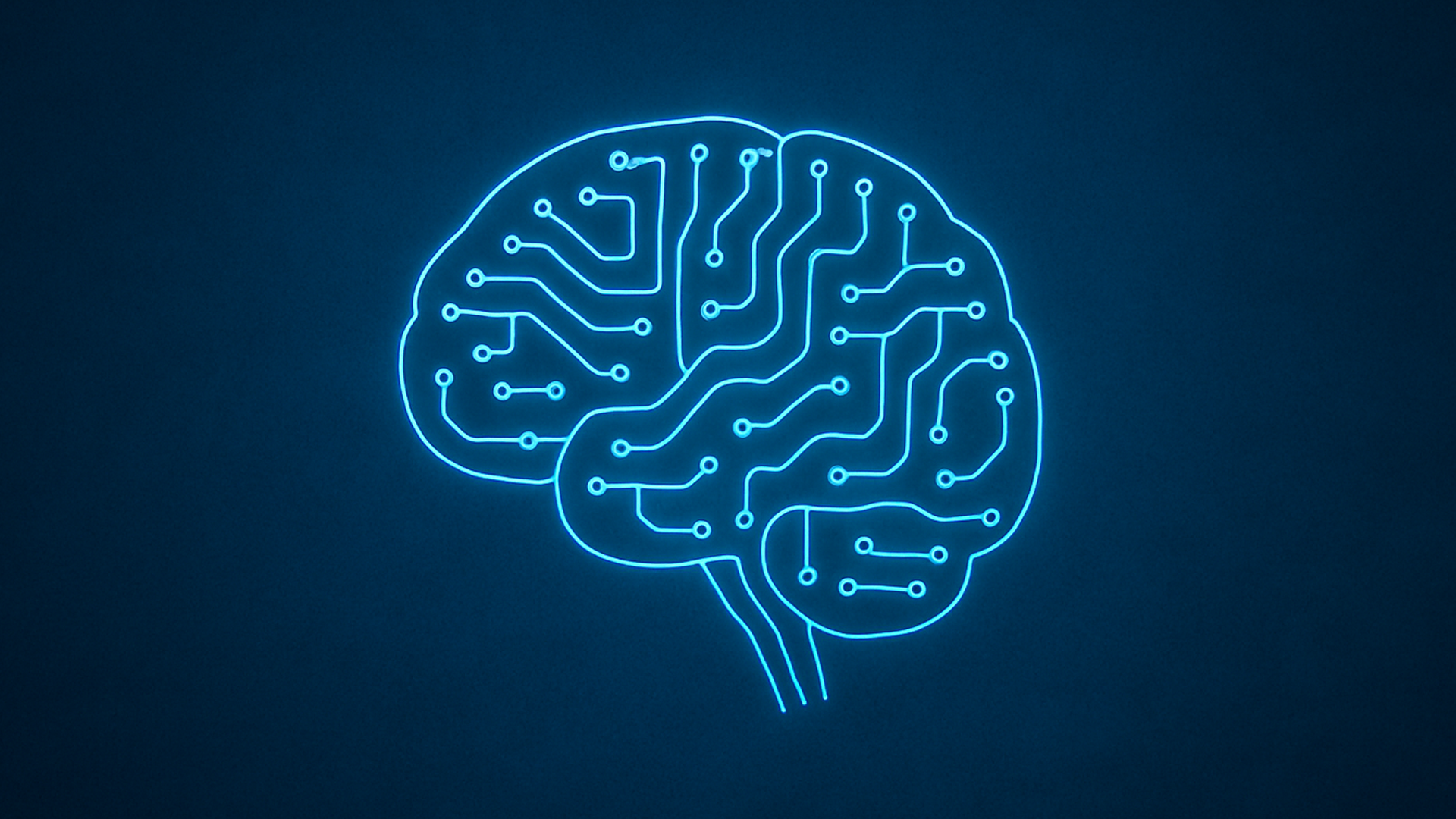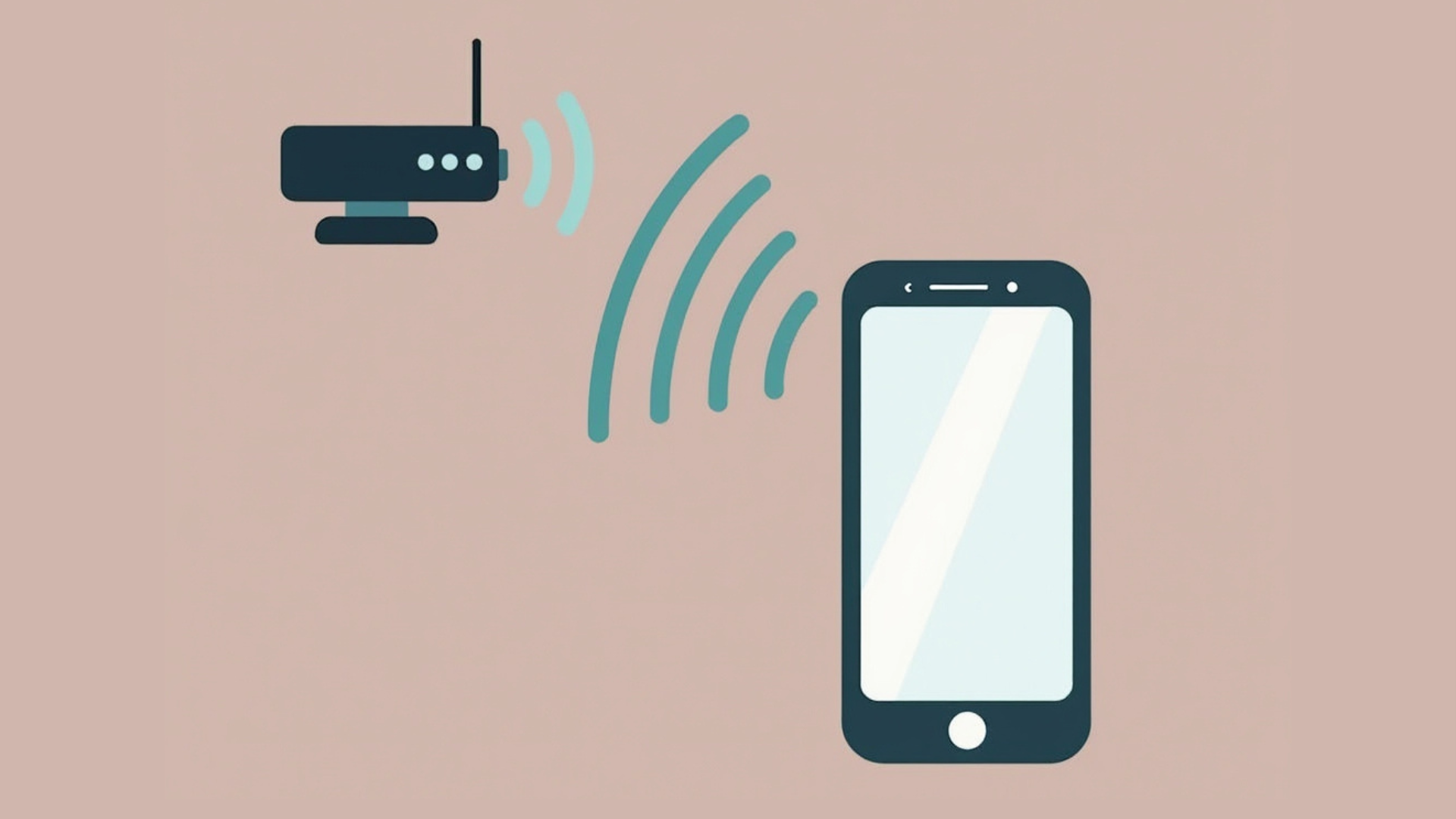Having mobile banking as an app on your phone is a must have. It’s more convenient for users to just simply log in to their bank account through their phone but that’s not enough anymore. Users expect more and more from these apps.
Nowadays, the bank on your phone evolves with every interaction and starts earning your trust, and three notable figures: Artificial Intelligence, Machine Learning, and Blockchain are reshaping the narrative in 2025. Upon their discovery of uncharted lands, let us follow these storytellers as they transform standard transactions into a delightful experience and change the perception of banking from an cold interface to an effortless venture.
AI in Mobile Banking – The Key to Breakthrough in Personalization
Imagine logging in to your mobile banking app and being greeted with “Hey, it’s you again.” A loyal companion that looks after and assists you, not a stalker. Cash extraction has evolved into a mobile banking experience enriched with emotional connections. For instance, bots now remind you of outstanding bills and timely recommend investments. To add to it, modern systems have virtual assistants available 24/7 that answer real-time questions and our shopping gives them the insight they need to tailor their assistance to your preferences.
Instead of being only a gimmick, AI is turning applications into active counselors. Such systems, by constantly analyzing customer data, not only make in-the-moment corrections but also forecast where potential hazards may arise; hence, they warn you and your bank before something has caused damage.
Machine Learning – Learn As You Go
As AI initiates the first greetings, Machine Learning reliably improves and learns from every interaction with the app, whether it consists of a swipe, payment, or log-in. Each action contributes to the improvement process. Algorithms monitor and analyze behavioral patterns to provide services precisely when guidance is needed. Also, ML continuously monitors normal and pre-established patterns, flagging unusual activity and capturing potential anomalies within regular user behavior. If a transaction conducted at an unusual site or of a high value, without bringing any inconvenience, is found suspicious, ML will raise an alert needing subsequent verification. All of this collectively balances user protection.
Blockchain Consolidates Trust
The trust that lies underneath the charm of AI and the flexibility of ML, comes from blockchain. It guarantees trust for every transaction, whether internal or international, by recording them on a distributed, incorruptible ledger.
This is not just about catching attention; it focuses on reconstructing the entire back office. Identity validation, compliance checking, and regulatory filing undergo a transformation from clumsy, human error-ridden tasks to orderly automated, smart contracts that execute only when specified requirements are satisfied. In return, customers are more likely to trust even the most intricate financial systems because of effortless audit systems, swift settlements, low costs, and better customer service.
The Intersection of Creative Technology
That’s where the magic happens and comes alive as AI, ML, and blockchain are mixed. Picture an international transaction that gets done in a heartbeat, alongside an app that greets you, knows your name, safeguards your account engineered with premier levels of military security, and adapts to your age.
The mandate offered to FinTech and bank decision-makers is to invest in AI for more involvement, ML for strength, and trust enabling blockchain, and carry on enhancing every interaction into an opportunity to deepen relationships, unlock new revenue streams, and stay one step ahead in an era where customer expectations evolve as fast as the code itself.






